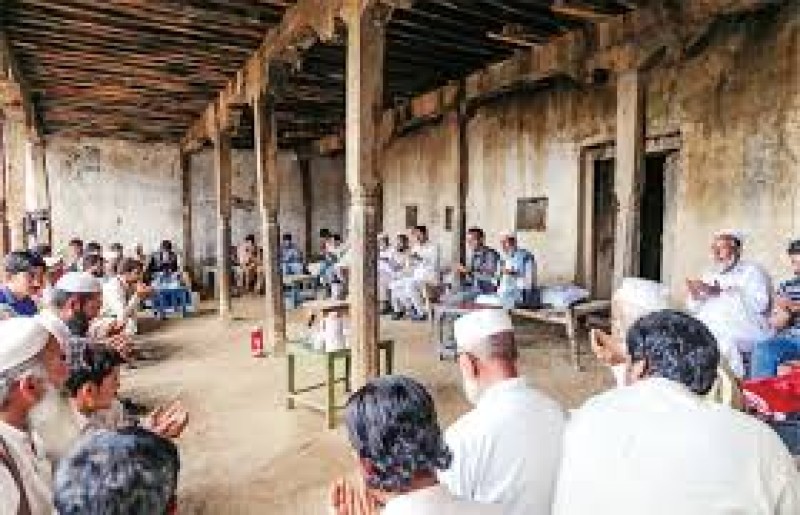
The Hujra: A Pillar of Pashtun Culture in Peshawar
Introduction:
In Peshawar, the Hujra stands as a timeless institution deeply embedded in the fabric of Pashtun culture. Serving as a communal gathering place, the Hujra plays a crucial role in fostering social cohesion, preserving traditions, and providing a space for dialogue and decision-making. The significance of the Hujra in Peshawar, its functions, and the evolving role it plays in contemporary society.
Historical and Cultural Significance
1. Origins and Evolution:
The Hujra, which means "guest room" in Pashto, has historically been a cornerstone of Pashtun villages and communities. Traditionally, it is a large room or compound adjacent to a Pashtun household, dedicated to hosting guests, conducting meetings, and facilitating community activities. Over time, the Hujra has evolved to accommodate changing social dynamics while retaining its core functions.
2. Symbol of Hospitality:
Hospitality is a fundamental aspect of Pashtun culture, and the Hujra embodies this virtue. It serves as a welcoming space for guests, travelers, and community members. Visitors to a Hujra are treated with the utmost respect and generosity, reflecting the Pashtunwali code of conduct that emphasizes honor, hospitality, and protection of guests.
Functions of the Hujra
1. Social and Cultural Hub:
The Hujra is a vibrant social and cultural hub where community members gather to discuss matters of common interest, celebrate festivals, and perform traditional music and dance in Marraiage. It is a place where oral traditions, folklore, and cultural heritage are passed down from one generation to the next. In Peshawar, the Hujra remains a focal point for maintaining and nurturing Pashtun identity.
2. Conflict Resolution and Governance:
Much like the Jirga system, the Hujra plays a role in conflict resolution and local governance. Community elders often meet in the Hujra to deliberate on disputes, make collective decisions, and mediate conflicts. This process is guided by principles of justice, fairness, and consensus, ensuring that the community’s needs and values are upheld.
3. Education and Mentorship:
Historically, the Hujra has also functioned as an informal educational institution. Elders and knowledgeable individuals impart wisdom, skills, and life lessons to the younger generation. This mentorship helps preserve traditional knowledge and equips young Pashtuns with the tools they need to navigate their cultural and social environment.
Contemporary Role and Challenges
1. Adapting to Modernity:
As Peshawar modernizes, the Hujra continues to adapt to contemporary needs. While it retains its traditional functions, it also embraces new roles, such as serving as a venue for educational seminars, political discussions, and community development projects. This adaptability ensures that the Hujra remains relevant in a rapidly changing world.
2. Challenges and Preservation:
Despite its enduring significance, the Hujra faces challenges such as urbanization, changing lifestyles, and the erosion of traditional values. In urban areas of Peshawar, the physical space for Hujras is shrinking, and younger generations may be less inclined to participate in traditional gatherings. Efforts to preserve and revitalize the Hujra include promoting cultural awareness, documenting oral traditions, and integrating modern amenities without compromising its essence.
To cut it short:
The Hujra is more than just a physical space; it is a symbol of Pashtun cultural resilience, hospitality, and communal spirit. In Peshawar, it continues to serve as a vital institution that bridges the past with the present, fostering social cohesion and cultural continuity. As it adapts to contemporary challenges, the Hujra remains a testament to the enduring strength of Pashtun traditions and values. Through efforts to preserve and modernize this cherished institution, the Hujra will continue to play a pivotal role in the social and cultural life of Peshawar for generations to come.

